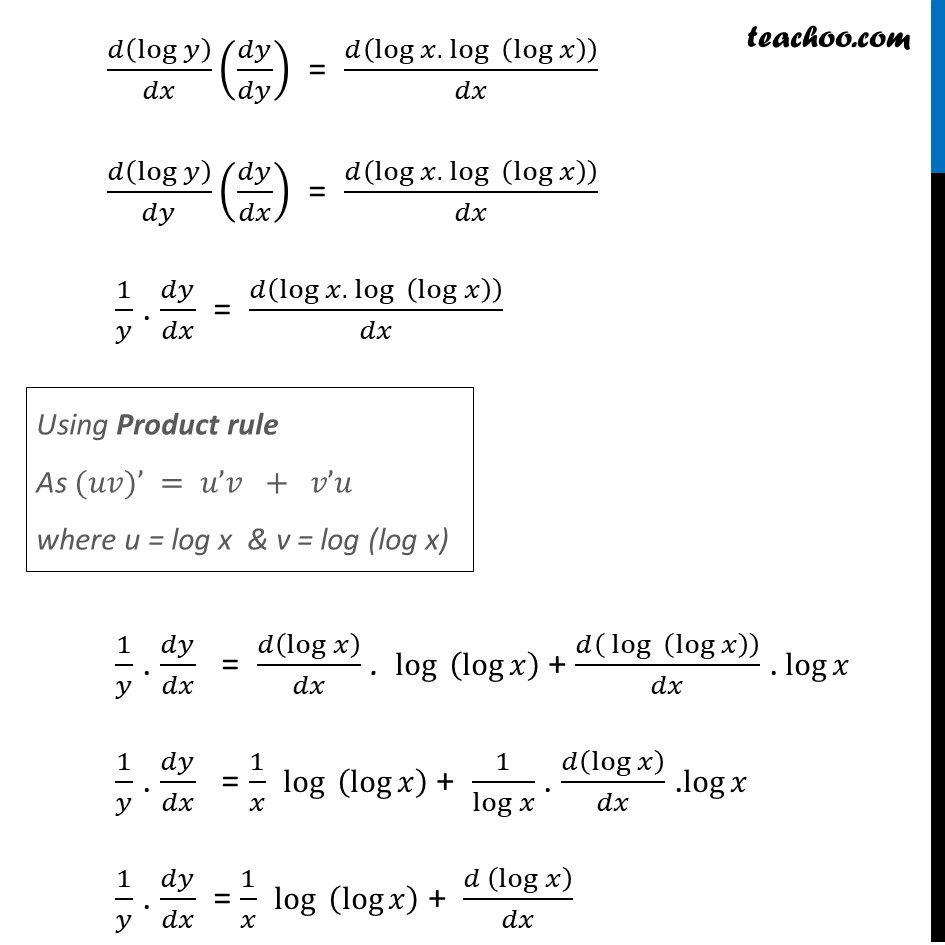

Look at some of the basic ways we can manipulate logarithmic functions: This means that there is a “duality” to the properties of logarithmic and exponential functions. Take a moment to look over that and make sure you understand how the log and exponential functions are opposites of each other.

In general, the logarithm to base b, written \(\log_b x\), is the inverse of the function \(f(x)=b^x\). Therefore, the natural logarithm of x is defined as the inverse of the natural exponential function: A logarithm with base 10 is called a common logarithm, and it is expressed as log ( x ). For example log base 10 of 100 is 2, because 10 to the second power is 100. When we take the logarithm of a number, the answer is the exponent required to raise the base of the logarithm (often 10 or e) to the original number. Remember that a logarithm is the inverse of an exponential. We'll see one reason why this constant is important later on. The natural exponential function is defined as When the logarithmic function is given by: f ( x) log b ( x) The derivative of the logarithmic function is given by: f ' ( x) 1 / ( x ln ( b) ) x is the function argument. Review of Logarithms and Exponentialsįirst, let's clarify what we mean by the natural logarithm and natural exponential function. While there are whole families of logarithmic and exponential functions, there are two in particular that are very special: the natural logarithm and natural exponential function. Now implicitly take the derivative of both sides with respect to x remembering to multiply by dy/dx on the left hand side since.
#Derivative of log base a of u how to
In this lesson, we'll see how to differentiate logarithmic and exponential functions. Our next task is to determine what is the derivative of the natural logarithm. log b ( x) log c ( x) / log c ( b) For example, in order to calculate log 2 (8) in calculator, we need to change the base to 10: log 2 (8) log 10 (8) / log 10 (2) See: log base change rule. Here are two example problems showing this process in use to take the derivative of ln. Differentiating a Logarithm or Exponentialīy now, you've seen how to differentiate simple polynomial functions, and perhaps a few other special functions (like trigonometric functions). The base b logarithm of x is base c logarithm of x divided by the base c logarithm of b. As we can see, taking the derivative of ln requires differentiating the function inside of the natural log and dividing that by the function inside of the natural log.


 0 kommentar(er)
0 kommentar(er)
